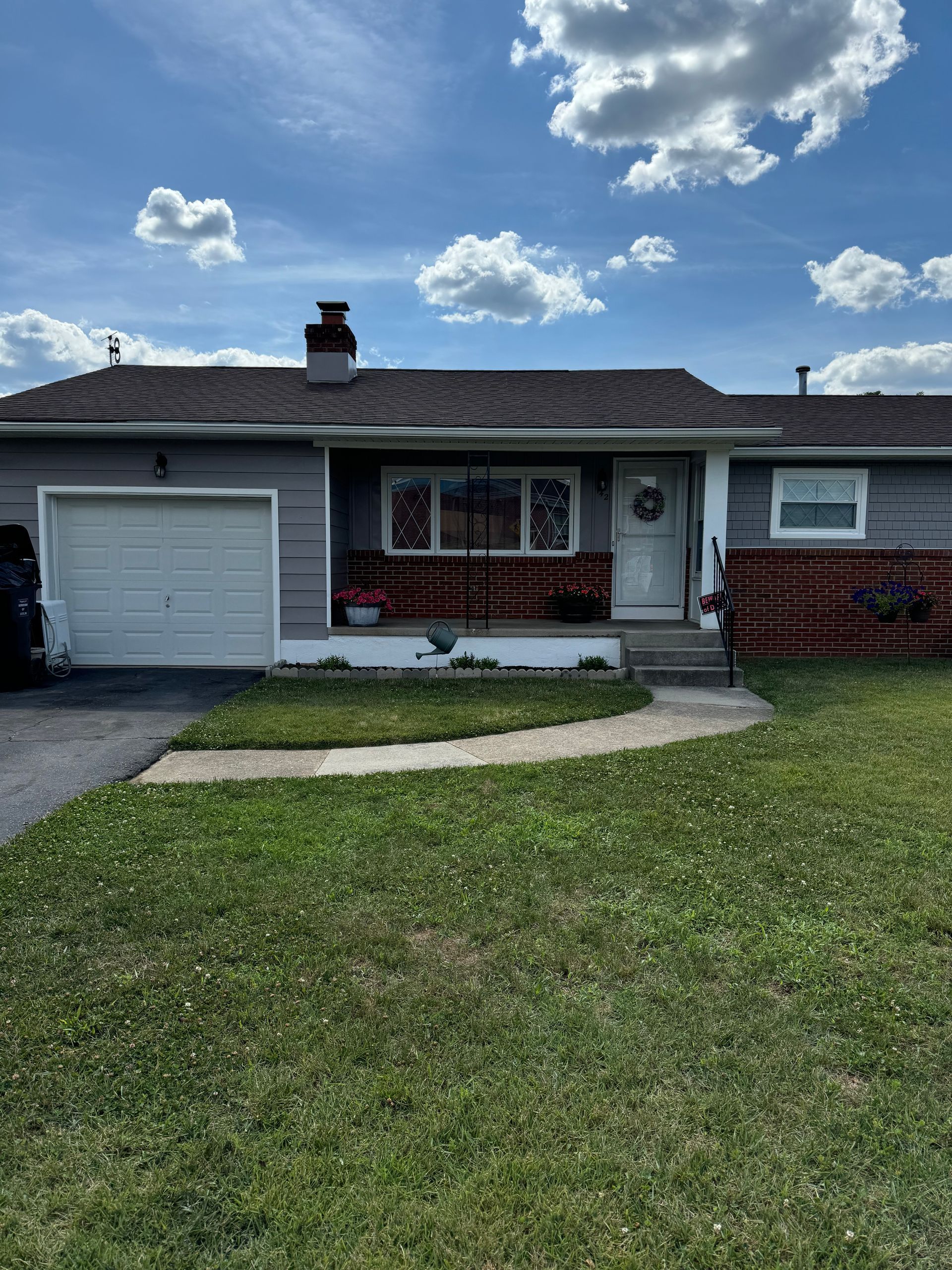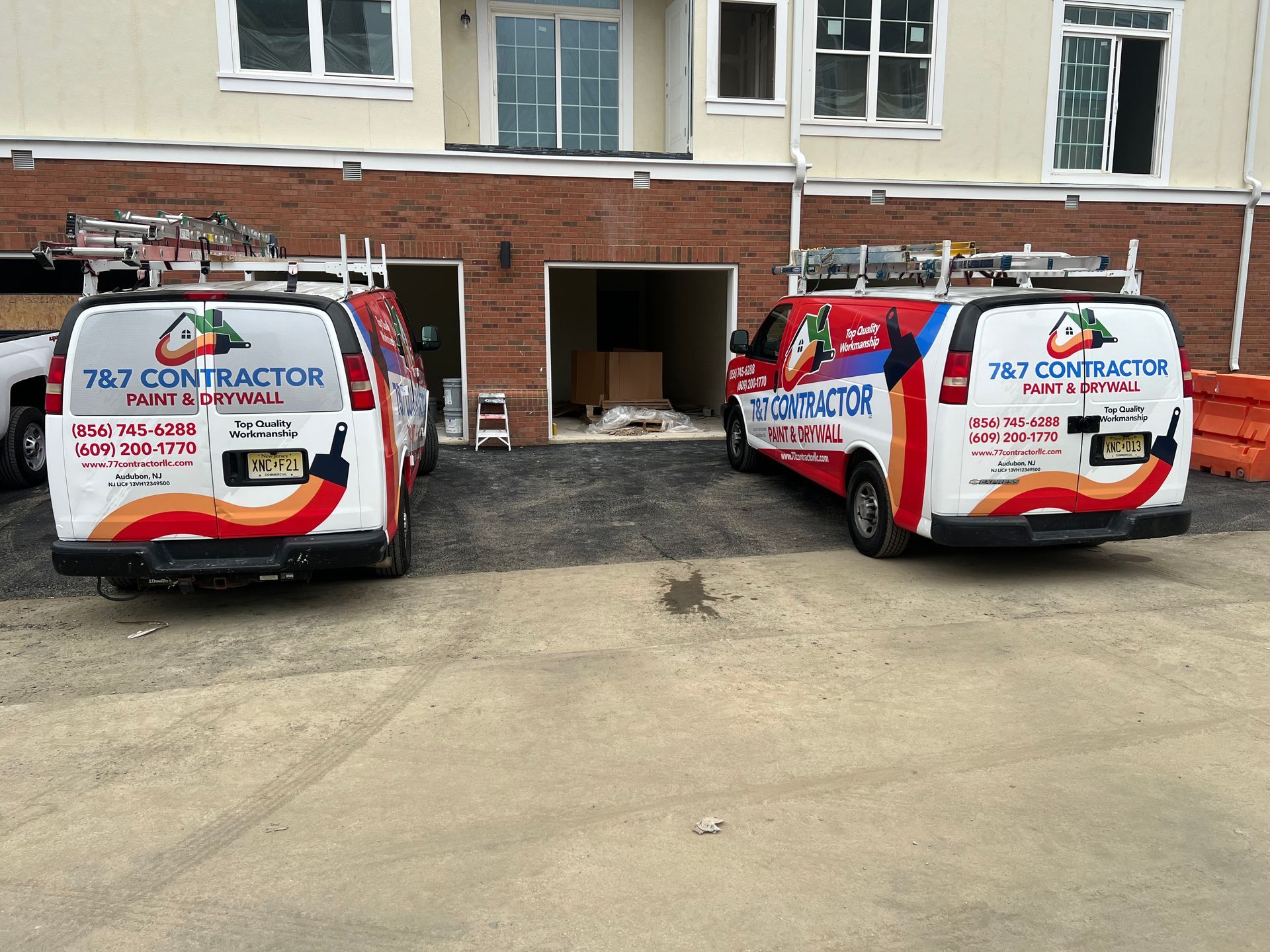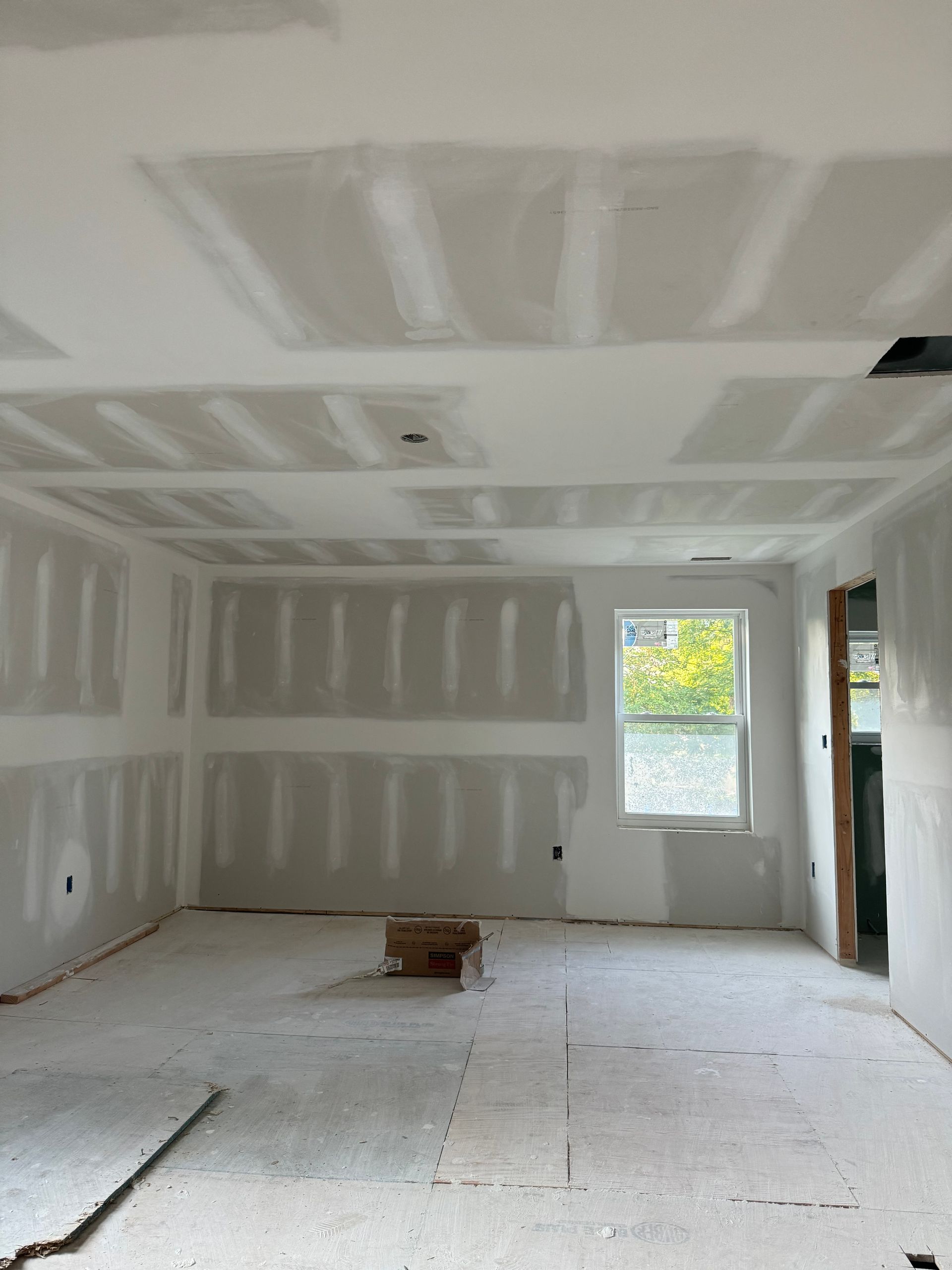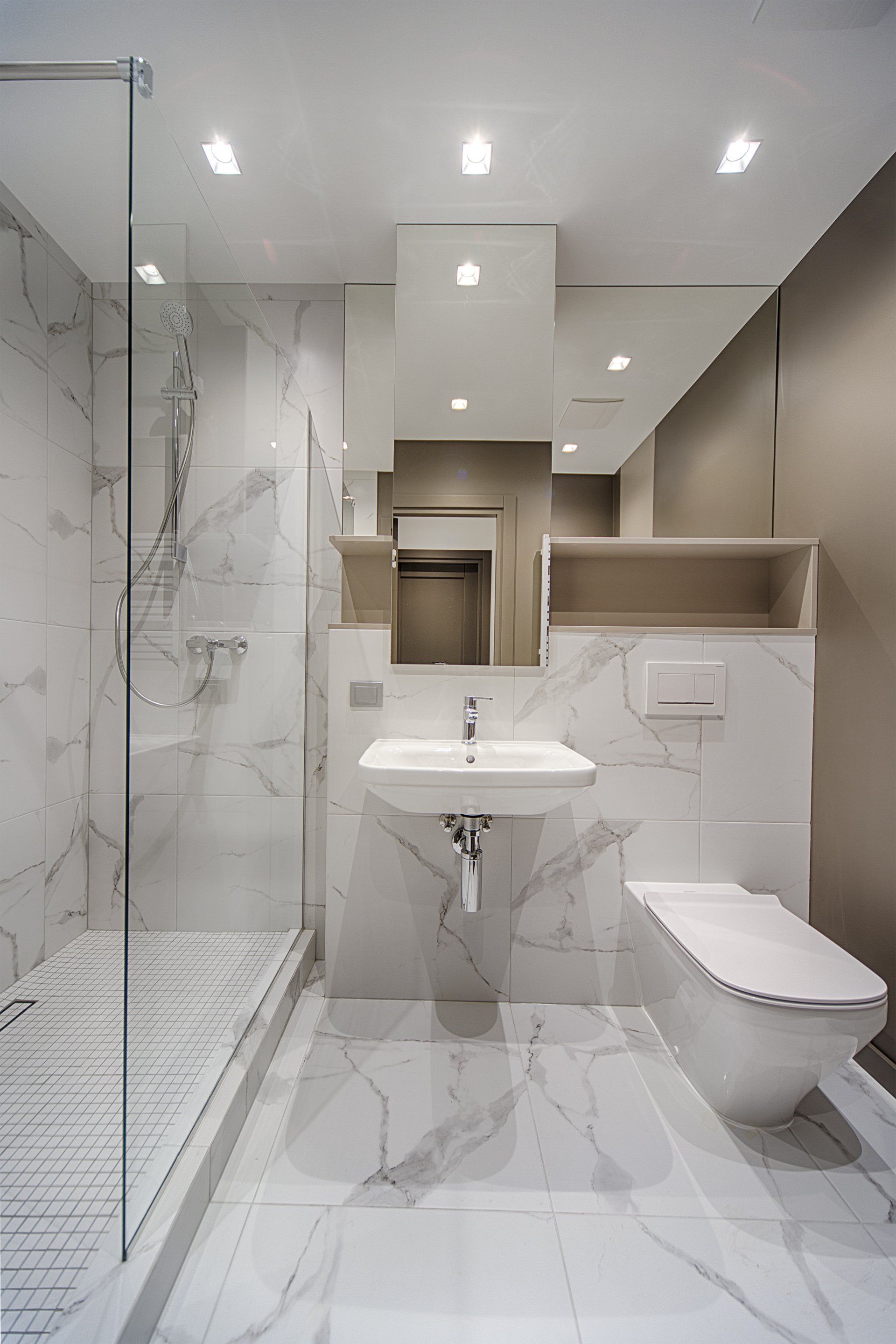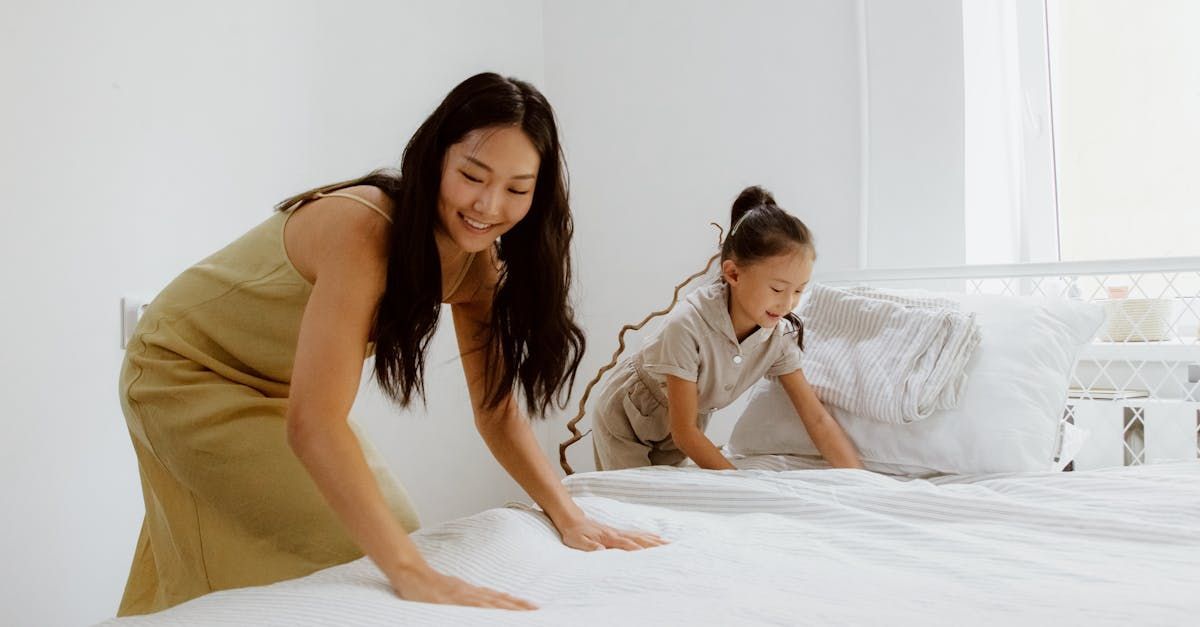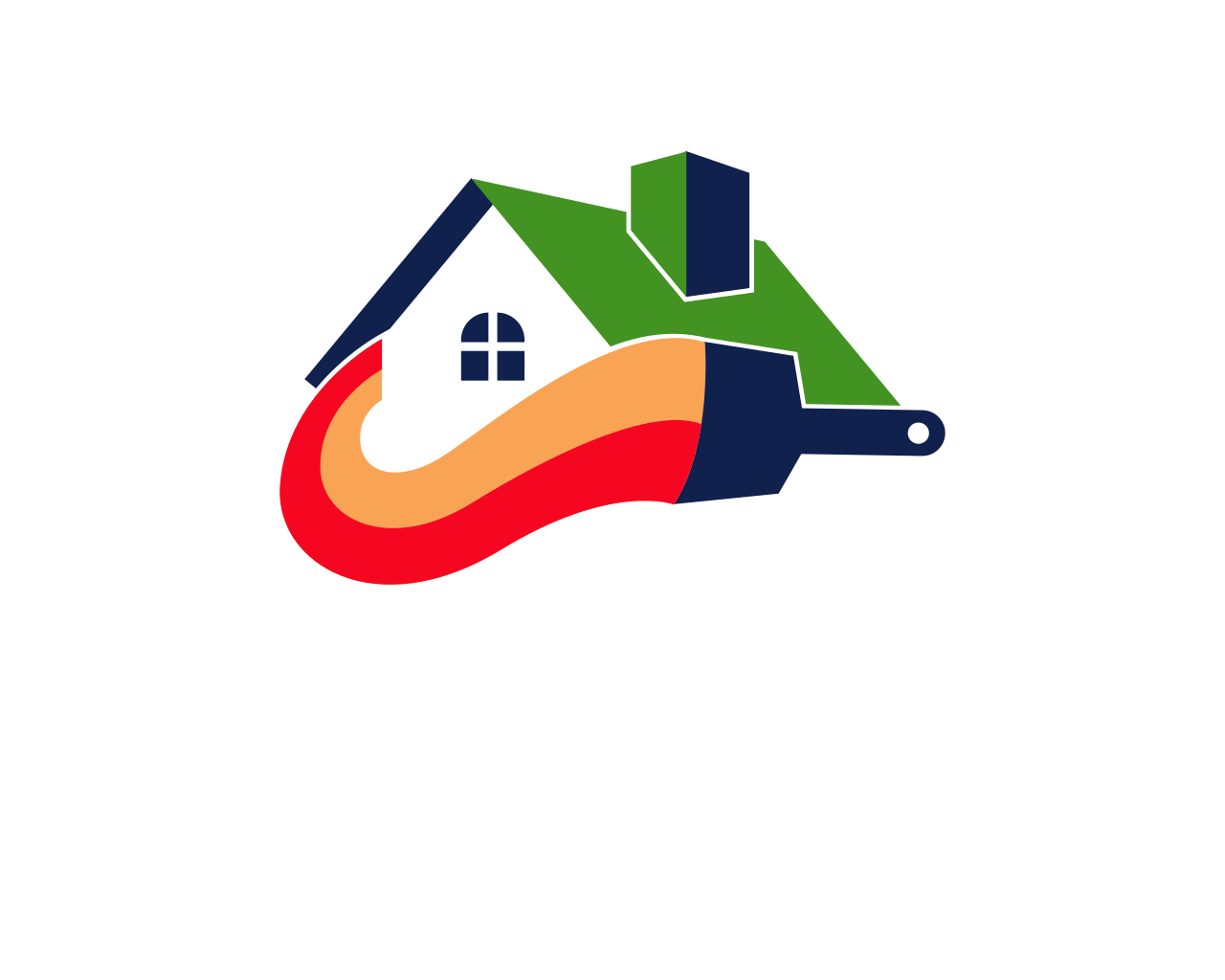Top Quality Workmanship, Transform Your Space with Stunning Interior and Exterior Designs Near You, NJ.
7&7 Contractor LLC - Appointment Request Form
Thank you for your interest in 7&7 Contractor LLC. Please fill out the form below to request an appointment for our services. We will get back to you as soon as possible to confirm the details.
(We will do our best to accommodate your preferred date and time)
Appoinments Request Form
Top Quolity Services.
7&7 Contractor LLC
Interior Painting.
Ready to take that big step into the future?
Exterior Painting
Request more information?
Commercial Painting
7&7 Contractor ll, offers you very high quality commercial services.
Deck fence & Staining
Top quoliy workmanship in all this services.
Top Quality Workmanship Interior and Exterior Painting Services. Book Now A Get Free Quotes.

Imagine stepping into a space that reflects your unique personality, captivates your senses, and brings your visions to life. Whether it's your home, office, or outdoor area, the right interior and exterior design can completely transform your space. But where do you start? Look no further than the stunning designs available near you.
At [Company Name], we specialize in creating mesmerizing interior and exterior designs that redefine spaces and leave a lasting impression. Our team of experienced designers are dedicated to understanding your unique style and preferences, weaving together aesthetics, functionality, and innovation to create spaces that truly embody your vision.
With a keen eye for detail and a passion for quality craftsmanship, our designs are tailored to elevate your space and create an ambiance that exceeds your expectations. From luxurious residential designs to functional and inspiring commercial spaces, we bring creativity, practicality, and expertise to every project.
Discover the possibilities and transform your space with breathtaking designs that are right at your fingertips. Contact us today and let us work together to bring your dream space to life.
Importance of well-designed spaces
When it comes to our living and working environments, the design plays a crucial role in how we feel and function in those spaces. A well-designed interior or exterior can have a significant impact on our mood, productivity, and overall well-being. It is not just about aesthetics but also about creating functional and harmonious spaces that cater to our needs and preferences.
A well-designed space can enhance creativity, boost productivity, and improve our overall quality of life. Imagine walking into a room that is clutter-free, organized, and visually appealing. Such an environment can promote a sense of calm and tranquility, allowing us to focus better and feel more relaxed. On the other hand, a poorly designed space with mismatched furniture, inadequate lighting, and chaotic layout can create a sense of disarray and hinder our ability to concentrate.
Similarly, the exterior design of our homes or workplaces contributes to the overall impression and curb appeal. A beautifully landscaped garden or a thoughtfully designed façade can make a strong statement and create a welcoming atmosphere. It sets the tone for what lies beyond and leaves a lasting impression on visitors, potential clients, or customers.
In summary, well-designed spaces are essential for our overall well-being, productivity, and the impression we leave on others. Whether it's an interior or exterior design, investing in creating a space that reflects our unique personality and meets our functional needs can bring about a positive transformation in our lives.
Trends in interior and exterior design
Interior and exterior design trends are constantly evolving as new ideas, materials, and technologies emerge. Staying updated with the latest trends can help you create a space that feels current and relevant. Here are some of the top trends in interior and exterior design:
- Sustainable design: With a growing emphasis on environmental responsibility, sustainable design has gained momentum. Using eco-friendly materials, energy-efficient appliances, and incorporating natural elements into the design are some ways to embrace sustainability.
- Minimalism: Minimalistic design focuses on simplicity, clean lines, and clutter-free spaces. It emphasizes functionality and allows the beauty of the design to shine through without unnecessary distractions.
- Biophilic design: Biophilic design aims to bring nature indoors by incorporating natural elements such as plants, natural light, and organic materials. It has been proven to reduce stress, enhance cognitive function, and improve overall well-being.
- Smart technology integration: With the rise of smart homes, integrating technology seamlessly into the design has become a popular trend. From voice-controlled lighting systems to automated window treatments, smart technology adds convenience and efficiency to our spaces.
- Outdoor living spaces: The line between indoor and outdoor spaces is blurring, with a growing trend of creating functional and inviting outdoor living areas. Patios, decks, and rooftop gardens are being transformed into extensions of our indoor spaces, offering a seamless transition between the two.
While trends can provide inspiration, it's important to remember that personal style and preferences should ultimately guide your design choices. Incorporating elements from the latest trends can help create a space that feels fresh and timeless.
Hiring a professional designer
Designing a space that truly reflects your vision and meets your needs requires expertise and experience. Hiring a professional designer can make a significant difference in the outcome of your project. Here are some reasons why working with a professional designer is beneficial:
- Expertise and knowledge: Professional designers have a deep understanding of design principles, color theory, spatial planning, and materials. They can guide you through the design process, ensuring that your space is aesthetically pleasing, functional, and cohesive.
- Time and money savings: Designing a space involves numerous decisions, from selecting furniture and finishes to coordinating with contractors and suppliers. A professional designer can help streamline the process, saving you time and potentially avoiding costly mistakes.
- Access to resources: Designers have access to a vast network of resources, including suppliers, craftsmen, and tradespeople. They can source unique and high-quality materials, furniture, and accessories that may not be readily available to the general public.
- Personalized design: A professional designer will take the time to understand your style, preferences, and lifestyle. They will work closely with you to create a space that reflects your personality and meets your specific needs.
- Project management: Designing a space involves coordinating various tasks and stakeholders. A professional designer can act as a project manager, overseeing the entire process, ensuring timelines are met, and addressing any issues that arise.
When hiring a professional designer, it's essential to do thorough research, review their portfolio, and check their credentials. Communication and rapport are also important, as you will be collaborating closely throughout the design process.
Finding inspiration for your design project
Embarking on a design project can be both exciting and overwhelming. Finding inspiration is a crucial first step in bringing your vision to life. Here are some ways to find inspiration for your design project:
- Online platforms: The internet is a treasure trove of design inspiration. Websites, blogs, and social media platforms like Pinterest and Instagram are filled with images and ideas that can spark your creativity. Create mood boards or save images that resonate with your style and preferences.
- Magazines and books: Traditional print media, such as design magazines and coffee table books, are still great sources of inspiration. Flip through the pages, bookmark interesting ideas, and learn from the work of renowned designers.
- Nature and travel: Drawing inspiration from nature and different cultures can result in unique and captivating designs. Take a walk in a park, visit botanical gardens, or explore different cities to observe architectural styles and landscaping ideas.
- Showrooms and exhibitions: Visiting showrooms, design fairs, and exhibitions can provide hands-on inspiration. Seeing furniture, finishes, and materials in person can help you visualize how they would work in your space.
- Personal experiences: Look to your own experiences, memories, and travels for inspiration. Incorporating elements that hold personal meaning can make your space truly unique and reflective of your story.
Remember, inspiration can come from anywhere and everywhere. Keep an open mind and be receptive to ideas that resonate with you. Collect images, take notes, and create a visual and conceptual library that you can refer back to during your design journey.
Creating a budget for your design project
Setting a budget for your design project is crucial to ensure that you stay within your financial means and avoid any unexpected costs. Here are some steps to help you create a budget:
- Define your priorities: Identify the key elements that are most important to you in your design project. Determine where you are willing to allocate a larger portion of your budget and where you can make compromises.
- Research costs: Research the average costs of materials, furniture, and services that you will require for your project. This will give you a rough idea of how much you can expect to spend.
- Consult with professionals: Reach out to designers, contractors, or suppliers to get estimates and quotes for the services and materials you need. This will help you refine your budget and make more informed decisions.
- Allocate contingency funds: It's always wise to allocate a portion of your budget for unexpected costs or changes that may arise during the project. This will provide a safety net and prevent any major setbacks.
- Prioritize spending: Determine which elements of your design project are worth splurging on and which areas you can cut back on. Focus on investing in quality materials and essential items that will have a lasting impact on the overall design.
- Track expenses: As you progress with your project, keep track of all the expenses to ensure that you are staying within your budget. Use spreadsheets or budgeting apps to monitor your spending.
Remember that a budget is a flexible tool that can be adjusted as your project evolves. Be prepared to make trade-offs and adjustments along the way, and always keep your financial goals in mind.
Interior design tips and tricks
When it comes to interior design, there are several tips and tricks that can elevate your space and create a harmonious and visually appealing environment. Here are some interior design tips to consider:
- Start with a focal point: Every room should have a focal point that draws the eye and anchors the design. It could be a fireplace, a statement piece of furniture, or a captivating artwork. Design the rest of the room around this focal point.
- Consider the flow: Ensure that there is a logical flow and circulation within the space. Arrange furniture in a way that allows for easy movement and conversation. Avoid blocking pathways or creating cramped areas.
- Play with scale and proportion: Vary the scale and proportion of furniture and décor items to create visual interest. Mix larger statement pieces with smaller accessories to create a balanced composition.
- Use color strategically: Color has a significant impact on the mood and ambiance of a space. Choose a color palette that reflects your style and preferences. Consider the psychological effects of different colors and how they can influence the atmosphere.
- Layer lighting: Lighting is an essential element in interior design. Incorporate a combination of ambient, task, and accent lighting to create a layered and dynamic space. Use dimmers to adjust the intensity of the lighting according to the time of day and desired mood.
- Add texture: Texture adds depth and visual interest to a space. Incorporate a variety of textures through fabrics, rugs, wall finishes, and accessories. Consider the tactile qualities of different materials and how they can enhance the overall design.
- Pay attention to details: The little details can make a big difference. Consider the hardware, trim, and finishes in your space. Choose quality materials and pay attention to craftsmanship for a polished and refined look.
- Create balance: Balance is key in creating a visually appealing space. Balance can be achieved through symmetrical arrangements, asymmetrical compositions, or by creating a sense of visual weight through color and scale.
Remember that these tips are not rigid rules but rather guidelines to help you create a space that is visually pleasing and functional. Adapt them to your personal style and preferences to achieve a design that feels authentic and reflects your personality.
Exterior design ideas for curb appeal
The exterior of your home or workplace is the first impression that visitors and passersby get of your space. Enhancing the curb appeal can significantly elevate the overall aesthetic and value of your property. Here are some exterior design ideas to consider:
- Enhance the entrance: The entrance is the focal point of your exterior. Make it inviting and visually appealing by adding a statement front door, well-designed lighting fixtures, and a stylish doormat. Consider adding potted plants or a small seating area to create a welcoming atmosphere.
- Landscaping: Landscaping can transform an ordinary exterior into a breathtaking oasis. Consider the climate and maintenance requirements when choosing plants and trees. Create layers of greenery, add flowering plants for pops of color, and incorporate water features or pathways for added visual interest.
- Lighting: Outdoor lighting not only enhances the safety and security of your property but also adds a touch of elegance to the exterior design. Use well-placed lighting fixtures to highlight architectural features, pathways, and landscaping elements.
- Exterior finishes: The choice of exterior finishes can greatly impact the overall aesthetic of your property. Consider materials such as stone, brick, or wood siding for a timeless and sophisticated look. Pay attention to the color scheme and ensure that it complements the architectural style of your home or workplace.
- Outdoor living spaces: Create functional and inviting outdoor living areas that seamlessly flow from the interior. Patios, decks, or rooftop gardens can be transformed into extensions of your indoor spaces, providing a place for relaxation, entertaining, and enjoying the outdoors.
- Fencing and privacy: Fencing not only provides privacy but can also enhance the visual appeal of your exterior. Choose a fence design that complements the architectural style of your property. Consider materials such as wood, metal, or even hedges for a natural and elegant look.
- Window treatments: Window treatments can add personality and style to your exterior. Choose window frames and treatments that enhance the architectural features of your property. Consider shutters, awnings, or decorative trim for added visual interest.
Remember to strike a balance between functionality and aesthetics when designing your exterior. Consider the climate, maintenance requirements, and long-term durability of materials and finishes.
Transforming your space with color and lighting
Color and lighting are powerful tools that can completely transform a space. By strategically using color and lighting, you can create a mood, highlight architectural features, and enhance the overall ambiance. Here are some tips for using color and lighting to transform your space:
- Color psychology: Different colors evoke different emotions and have psychological effects. Warm colors like red and orange can create a cozy and energetic atmosphere, while cool colors like blue and green can promote calmness and relaxation. Consider the mood you want to create in each space and choose colors accordingly.
- Accent walls: Painting an accent wall in a bold color can create a focal point and add visual interest to a room. Choose a color that complements the overall color scheme and consider the architectural features of the space.
- Natural light: Maximizing natural light not only saves energy but also creates a sense of openness and connection with the outdoors. Use sheer curtains or blinds to allow natural light to filter in. Consider the orientation of your space and position furniture to make the most of natural light.
- Artificial lighting: Artificial lighting plays a crucial role in setting the mood and functionality of a space. Use a combination of ambient, task, and accent lighting to create a layered effect. Consider the function of each space and choose appropriate lighting fixtures that complement the overall design.
- Lighting temperature: The color temperature of lighting can greatly impact the ambiance of a space. Warm white light (around 2700K) creates a cozy and intimate atmosphere, while cool white light (around 5000K) is more energizing and suitable for task-oriented spaces. Consider the purpose of each space and choose lighting temperature accordingly.
- Lighting placement: The placement of lighting fixtures is key to creating a well-lit and visually appealing space. Consider the focal points, architectural features, and furniture layout when positioning lighting fixtures. Use lighting to highlight artwork, architectural details, or focal points in the room.
Remember that color and lighting are subjective, and it's essential to consider your personal preferences and the function of each space when making design decisions. Experiment with different color palettes and lighting configurations to create a space that is visually captivating and functional.
Conclusion and next steps for your design project
Transforming your space with stunning interior and exterior designs is an exciting journey that requires careful planning, creativity, and attention to detail. By understanding the importance of well-designed spaces, staying updated with's essential to consider your personal preferences and the function of each space when making design decisions. Experiment with different color palettes and lighting configurations to create a space that is visually captivating and functional.
Conclusion and next steps for your design project
Transforming your space with stunning interior and exterior designs is an exciting journey that requires careful planning, creativity, and attention to detail. By understanding the importance of well-designed spaces, staying updated with


